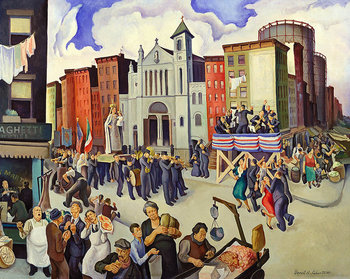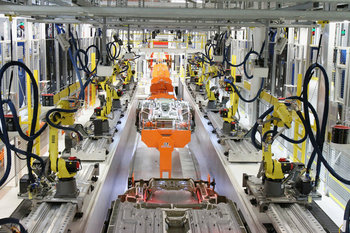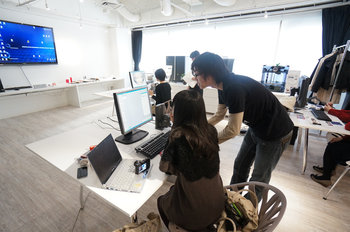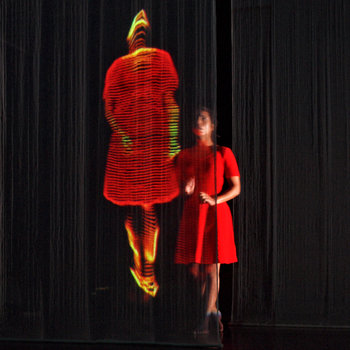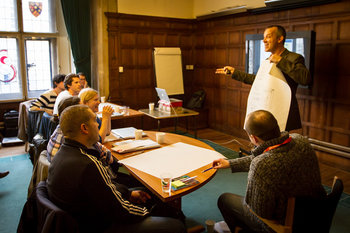|
| |
Choreography is a technique for implementing complex processes. Processes are broken into independent sub-processes that all listen for events such as transactions. This is typically achieved with a publish/subscribe model whereby processes subscribe to events. When an event is published, each sub-process implements an aspect of the process. In many cases, sub-processes are integrated with each other to share data or events. In a choreographed process architecture, each process reacts to events independently like dancers reacting to cues from music. This differs from an orchestrated process architecture that takes a more centralized approach.|
Area | | Definition | A process architecture that publishes events that are consumed by processes. Like dancers taking cues from music, each process independently decides how to handle each event. | Value | The decentralized nature of a choreographed process architecture allows a complex business process to be decomposed into simpler sub-processes. | Related Concepts | |
Information Technology
This is the complete list of articles we have written about information technology.
If you enjoyed this page, please consider bookmarking Simplicable.
© 2010-2023 Simplicable. All Rights Reserved. Reproduction of materials found on this site, in any form, without explicit permission is prohibited.
View credits & copyrights or citation information for this page.
|



